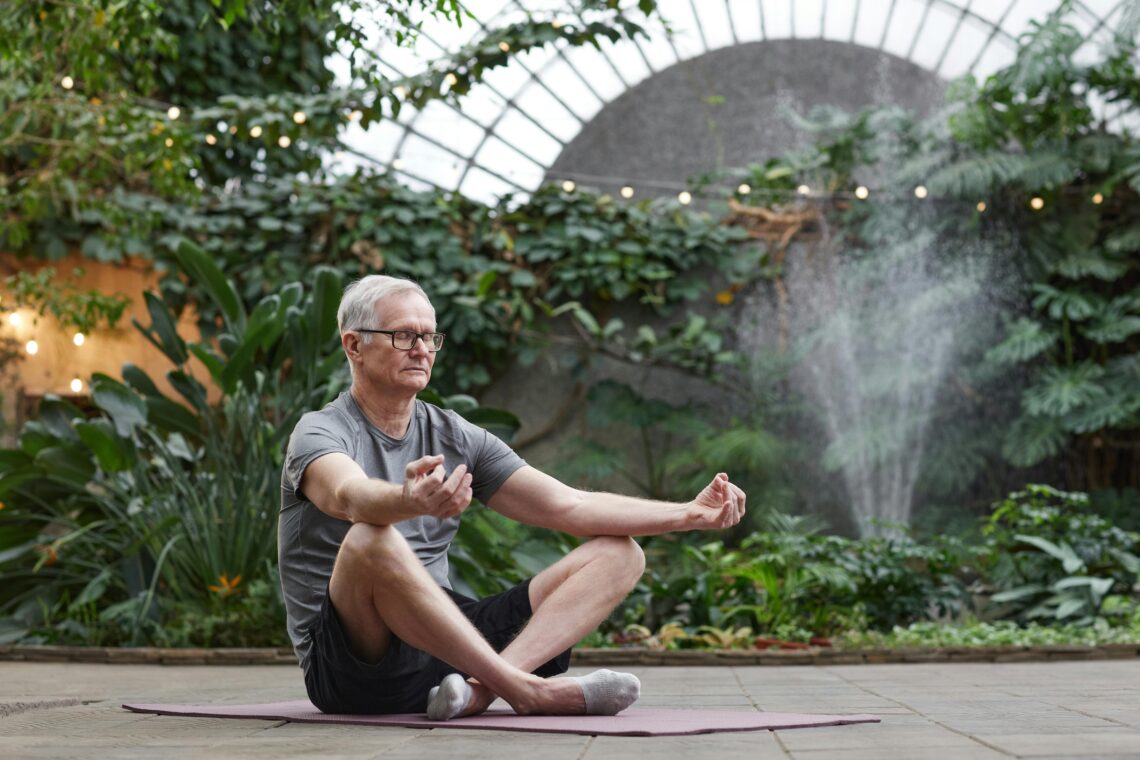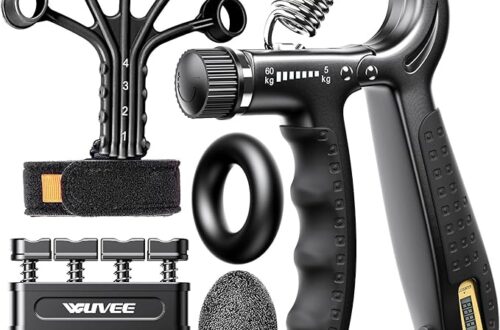This study investigates psychological techniques to reduce anxiety and distress in stroke survivors, including those with aphasia. It consists of two parts. The first part identified preferred mindfulness and relaxation techniques and explored ways to adapt them. The second part tested the feasibility and acceptability of the adapted techniques.
A mixed-methods approach was used, combining both qualitative and quantitative methods. Participants were community-dwelling stroke survivors. Thirteen participants with a median age of 61 years were involved in the first study, and 38 participants with a median age of 67 years were involved in the second study.
In the first study, seven different mindfulness and relaxation techniques were filmed on a DVD. Participants gave feedback on their preferences and suggested modifications. Four techniques were favored: thinking of a nice place, breath watch, positive emotions, and body relaxation. These techniques were adapted based on the feedback for the second study.
In the second study, participants practiced the adapted techniques at home using a new DVD. Data were collected at the start and after about four weeks. Participants’ functional ability, self-efficacy, and anxiety levels were measured. The adapted techniques were found to be acceptable, user-friendly, and beneficial. However, participants suggested that practicing once a day would be more feasible than the initially suggested twice daily.
Anxiety and distress are common after a stroke, affecting daily life and social participation. While mindfulness and relaxation techniques show promise, they need to be tailored to meet stroke survivors’ specific needs, including those with aphasia.
In the first study, stroke survivors were recruited from support groups and demonstrated seven techniques via DVD. They provided feedback on their preferences and suggested modifications. The most favored techniques were thinking of a nice place, breath watch, positive emotions, and body relaxation. The least favored were counting, word repetition, and body movement. Modifications included simplifying instructions and addressing the needs of those with aphasia.
In the second study, participants practiced the modified techniques at home using a new DVD. Data were collected at two time points. The techniques were found to be practical, although practicing twice a day was challenging. The techniques were user-friendly and beneficial, with participants suggesting a once-daily practice schedule.
The findings highlight the importance of tailoring techniques to stroke survivors’ needs, especially those with communication difficulties. The modified techniques were found to be feasible and acceptable, but a less frequent practice schedule is recommended. Participants reported that the techniques helped reduce anxiety and manage stress.
However, the study had some limitations. The sample was homogenous, consisting entirely of White British participants. The participants were self-selected from support groups, which may not be representative of the wider population. Additionally, there was a high dropout rate and incomplete practice diaries at the second data collection point.
In conclusion, tailoring mindfulness and relaxation techniques for stroke survivors, including those with aphasia, is effective. These techniques, delivered via a self-help DVD, are feasible and acceptable. Future studies should recruit a more diverse sample and implement strategies to improve retention.
Sources:
- National Library of Medicine: NIH NLM
- Stroke Association: Stroke Association
- Cochrane Database: Cochrane Reviews
- Frontiers in Psychology: Frontiers in Psychology
AQ:
Q: What is the main goal of this study?
A: The study aims to identify and tailor mindfulness and relaxation techniques to reduce anxiety and distress in stroke survivors, including those with communication difficulties like aphasia.
Q: Who participated in the study?
A: The study involved stroke survivors living in the community. The first part included 13 participants, and the second part had 38 participants.
Q: What techniques were tested?
A: Seven mindfulness and relaxation techniques were initially tested: breath watch, body relaxation, counting, word repetition, positive emotions, thinking of a nice place, and body movement. Four of these were favored and adapted for further testing.
Q: How were the techniques delivered to participants?
A: The techniques were delivered via a professionally produced DVD. Participants practiced these techniques at home and provided feedback on their preferences and experiences.
Q: What were the key findings?
A: The adapted techniques were generally found to be acceptable, user-friendly, and beneficial. Participants suggested that practicing once a day would be more feasible than twice a day.
Q: What modifications were made to the techniques?
A: The modifications included simplifying instructions and making the techniques more suitable for those with aphasia by using the supported conversation principle.
Q: What are the future recommendations based on this study?
A: Future studies should aim to recruit a more diverse and representative sample of stroke survivors and implement strategies to increase participant retention. Additionally, a less frequent practice schedule is recommended to make the techniques more practical for stroke survivors.
Q: How can I access the full study?
A: The full study can be accessed through the Frontiers in Psychology journal, available in the PubMed Central database.





